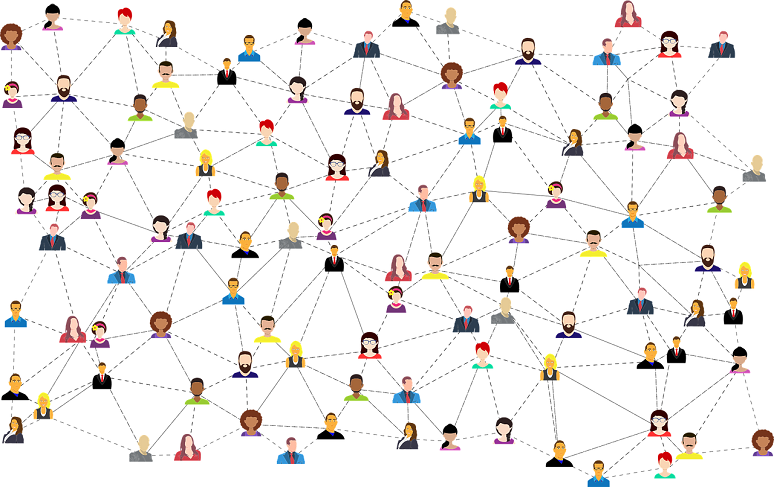Unified communications has been gaining traction, with more and more enterprises looking for the ultimate solution to enhance and streamline office communications, as well as help employees gain a bigger and better picture of their workday.
But we still have a way to go until UC is available in a truly unified form, complementing enterprise employees in and out of the office across products, services, devices, locations, and even state-of-mind.
So what should we expect from the future of UC?
Changing Focus: From Products to Services
Logically, the shift in focus from products to services makes a lot of sense. While we may have a growing list of increasingly innovative technology, stronger devices, and more capabilities, if the end user isn’t utilizing the extras given or realizing benefits then the product is not necessarily better (nor does it grant the proposed value).
Furthermore, this direction stresses the importance of having a customer-centric strategy, which allows companies to enhance capabilities on their end in order to provide better services to their clients.
As UC analyst
Dave Michels covered in a No Jitter post earlier this year,
Avaya is one UC provider that’s already making such a transition, and we’re sure to see others putting services in the front row.
The Growing Importance of AI
Besides being a hot topic for some time, artificial intelligence (AI) has emerged in recent years as a way to provide personalization, automation, and intelligent capabilities within UC solutions to help both contact centers and employees.
We’re seeing this direction in real life with Avaya
expanding its A.I.Connect ecosystem with more partners -- such as Knowmail, Verint, and Salesforce -- to grant greater possibilities for their users. These include effortless prioritization, smart communications, streamlined interactions, and optimized decision making.
Thanks to AI, services provided can be much more personalized for each user, as well as the results and directions provided to clients, making automation more effective, processes more flowing, and overall results much better (for users, organizations, and their own end-users).
Enhanced Productivity
Whether you’re a business or an individual, it seems improving our productivity is always on our minds. UC holds the potential to help us become more productive, utilizing the areas mentioned above. Simply put, UC provides a better way to handle things.
Thanks to the more organized workflows, bigger picture, and
collaborative solutions that UC offers, we will be able to get more done with less stress and effort, helping the business and the user in more ways than just hitting targets.
A Unifying UC Platform
It’s no doubt there are a variety of UC solutions available (with more to be released), yet the experience itself isn’t unified across different services, devices, or products. Currently, it feels more like an aggregation of channels than true unification.
Let’s look at email for example, which is accessible across Web, desktop, mobile, and even by voice through various digital assistants. Imagine such availability with UC tools; instead of providing an aggregation of channels and services, UC will have one language united across all -- and users can simply pick which services (i.e apps/solutions) are needed and useful.
This can also provide much more freedom, without having to necessarily
choose between Avaya and Cisco, for example, but rather, only the solutions we truly need from each.
We can only wait to see further innovations and how they will help us in and out of the office. At the pace and growth of this field, it looks as if UC will grant us a truly unified experience to help us service our customers better, utilize AI better, and increase productivity and results for organizations and their employees.










